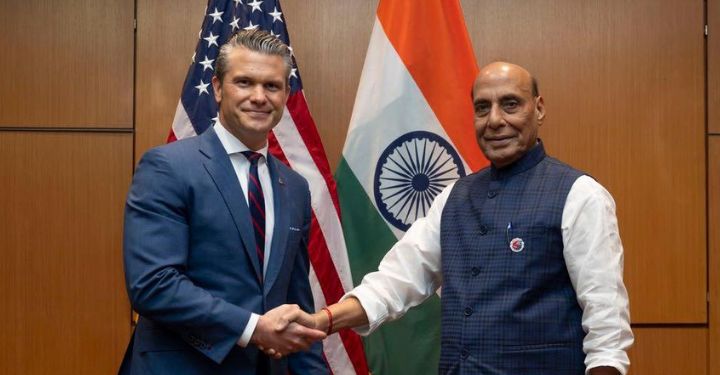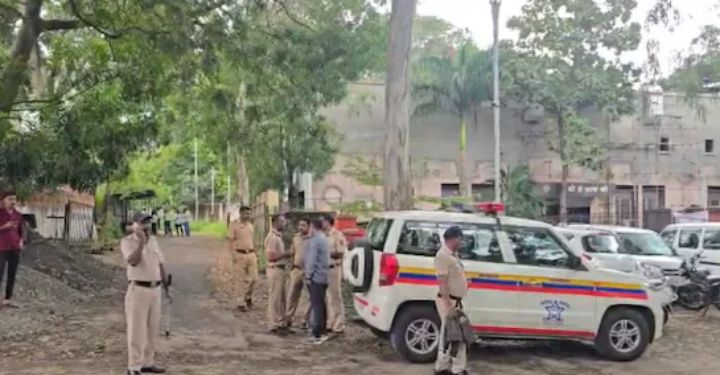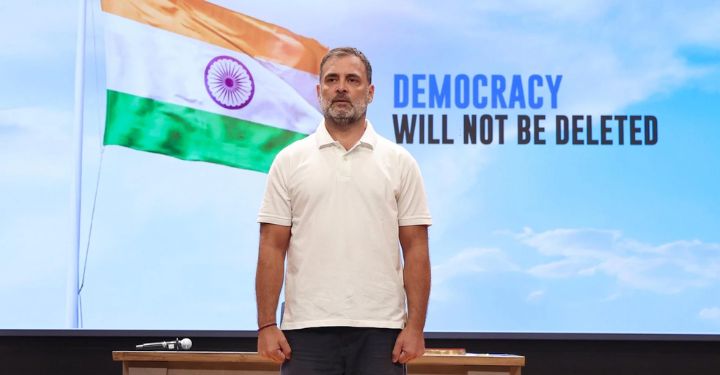Patna, July 11, 2025 – The Election Commission of India (ECI) has revealed that over 74.39% of eligible voters in Bihar have submitted their enumeration forms as part of the state-wide Special Intensive Revision (SIR) of the electoral rolls. This drive, which began on June 24, has seen the submission of approximately 5.87 crore forms out of a total 7.90 crore registered electors—just 17 days into the 32-day operation scheduled to end on July 25.
Officials believe that at the current pace, the revision campaign will not only meet but likely exceed its completion targets well before the final date.
Massive Outreach Strategy Powers the Campaign
The Special Revision exercise is perhaps one of the most elaborate in Bihar’s electoral history. To carry out this effort, the ECI deployed nearly 98,500 Booth-Level Officers (BLOs), up from the standard 77,000+, to ensure blanket coverage across the state’s 243 assembly constituencies.
The BLOs are being assisted by:
- 1.56 lakh Booth-Level Agents (BLAs) appointed by political parties
- Over 4 lakh field volunteers, including members of the NSS, NCC, and civil society
- District Magistrates, Electoral Registration Officers (EROs), and supervisors
“Each household is being visited up to three times by BLOs to ensure no one is left out. The objective is clean, transparent, and inclusive voter rolls,” said a senior election official.
Use of Technology Accelerates Data Collection
This year’s revision campaign is distinct in its hybrid approach. While forms are being distributed and collected in physical format, the verification and uploading process is largely digital.
Through the BLO App and ECINet portal, officers are:
- Uploading photographs of electors
- Scanning and submitting completed forms
- Verifying information in real-time
This has drastically reduced delays, errors, and duplication. It also enables ECI to monitor statewide progress through a centralized dashboard.
Day-by-Day Momentum
The drive gained traction quickly:
- In the first week, nearly 47% of electors had submitted forms
- By July 10, the figure rose to 57.48%
- A massive push on July 10 alone saw 83 lakh forms collected in just 24 hours
- On July 11, the milestone of 74.39% participation was officially announced
With 14 days left before the deadline, ECI sources predict the final figure may surpass 90% if the momentum continues.
Ensuring Accuracy and Fairness
The revision is conducted under the constitutional framework of Article 324 and sections of the Representation of the People Act, 1950, which mandate regular roll updates.
Key checks in the process:
- Each submitted form is verified for authenticity
- No deletions are made without a notice, inquiry, and opportunity for the voter to respond
- Citizens can file appeals with the District Magistrate or the Chief Electoral Officer
The ECI has repeatedly assured that no voter will be removed arbitrarily, and that safeguards are in place to protect the rights of all electors.
Community Participation a Game-Changer
This campaign has seen exceptional engagement from civil society and the public. Village councils, school teachers, local NGOs, and political cadres have all contributed to mobilizing voters.
“We’ve been conducting door-to-door awareness campaigns, especially in remote villages,” said an NSS volunteer in Purnia. “The goal is to ensure even illiterate or elderly citizens get their forms filled properly.”
Young voters—especially first-timers—have shown a strong sense of civic duty, aided by college outreach programs and social media campaigns run by the ECI.
Challenges on the Ground
Despite the success, some roadblocks remain:
- In rural Bihar, documentation remains an issue, especially among migrant families and the economically disadvantaged
- The inconsistency in document acceptance (e.g., Aadhaar being accepted in urban areas but not rural) has caused confusion
- Language barriers and low literacy have made it hard for some citizens to understand form requirements
“There must be uniform guidelines across districts, otherwise some voters will be unfairly excluded,” said a social worker in Kishanganj.
Legal Scrutiny Intensifies
Eight opposition parties have moved the Supreme Court, raising concerns that the special revision may disenfranchise voters—particularly in marginalized regions. The SC has agreed to hear the matter on July 10.
The petition challenges the allegedly short notice period and lack of awareness among voters about documentation norms.
In response, the ECI submitted that:
- The drive is legally sound and constitutionally mandated
- Proper grievance redressal systems are in place
- Public outreach and media advisories were released ahead of time
The outcome of this hearing could have far-reaching implications for the finalization of the voter roll.
Roadmap: What Comes Next?
Following the end of the enumeration drive on July 25, the ECI has outlined the next steps:
- August 1: Draft voter list published for public scrutiny
- August 2 – September 1: Window for objections, claims, corrections
- September 30: Final electoral roll to be published
These updates will serve as the basis for the 2025 Bihar Assembly Elections, expected to be held later this year.
Conclusion
Bihar’s massive voter roll verification campaign has shown what’s possible when administrative coordination meets community involvement. With more than three-fourths of the electorate already covered, the ECI’s efforts are being praised for their reach and efficiency—though not without calls for greater standardization and inclusivity.
As the process enters its final stretch, attention will shift to the Supreme Court’s judgment and the integrity of the draft roll. Regardless of the legal outcome, Bihar’s voters have made one thing clear: they are ready to be counted, and they’re not waiting until election day to be heard.




